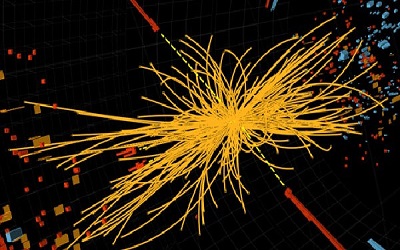随着PTE考生对PTE口语和PTE听力的重视,大家口语和听力的分数得到极大提高,但是PTE阅读渐渐成为考生们新的难题。墨尔本悉尼文波PTE特别为PTE考生们挑选了适合练习PTE阅读的文章,主题,内容,长度都与PTE阅读题中的文章相似。激活学过的词汇,更新新的词汇,提高阅读速度,全面提升自己的阅读能力。
It’s December 15, 2015, and an auditorium in Geneva is packed with physicists. The air is filled with tension and excitement because everybody knows that something important is about to be announced. The CERN Large Hadron Collider (LHC) has recently restarted operations at the highest energies ever achieved in a laboratory experiment, and the first new results from two enormous, complex detectors known as ATLAS and CMS are being presented. This announcement has been organized hastily because both detectors have picked up something completely unexpected. Rumors have been circulating for days about what it might be, but nobody knows for sure what is really going on, and the speculations are wild.
Jim Olsen, the CMS physics coordinator, takes the stage first, giving a presentation with no surprises until the very end, when two plots appear showing the energies—theoretical and actual—carried by a flood of particles emerging from head-on collisions between protons traveling at nearly the speed of light. If you squint, there appears to be bump in the experimental curve, suggesting too many events at one point than theory would predict. It could be evidence for a new, unexpected particle—but at a level that’s merely interesting, not definitive. We’ve seen things like this before, and they almost always go away when you look more closely.
Then Marumi Kado from ATLAS steps up, with a strangely confident look in his eye—and when the results finally flash on the screen, the audience understands why. ATLAS has seen the bump too, at the same point as CMS did, but now it’s so prominent that you can’t miss it. This really does look like a new particle, and if it is, there is suddenly an enormous crack at the very heart of high-energy physics.
hastily:adv. 匆忙地
protons:n. 质子
squint:v. 斜视
prominent:adj. 突出的





